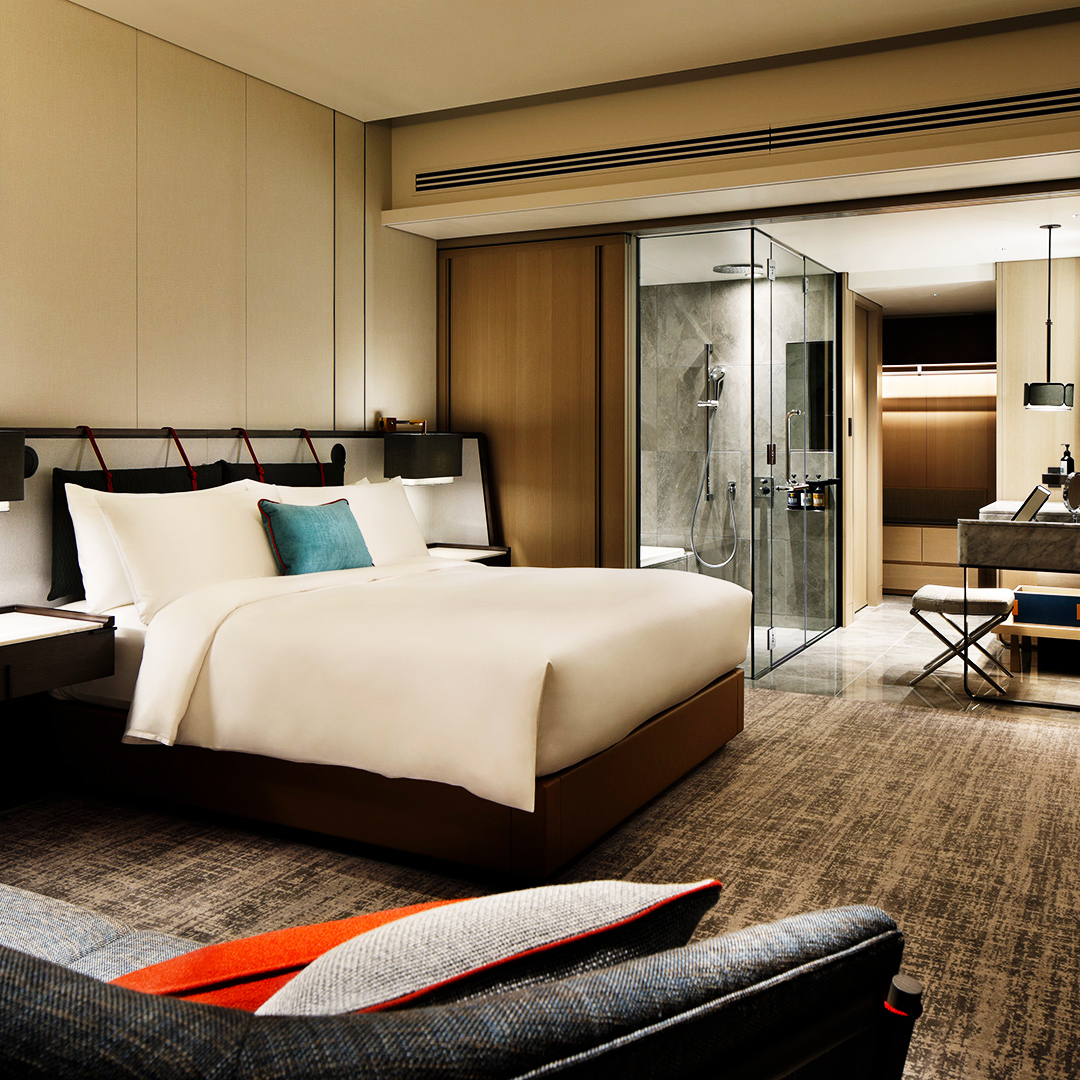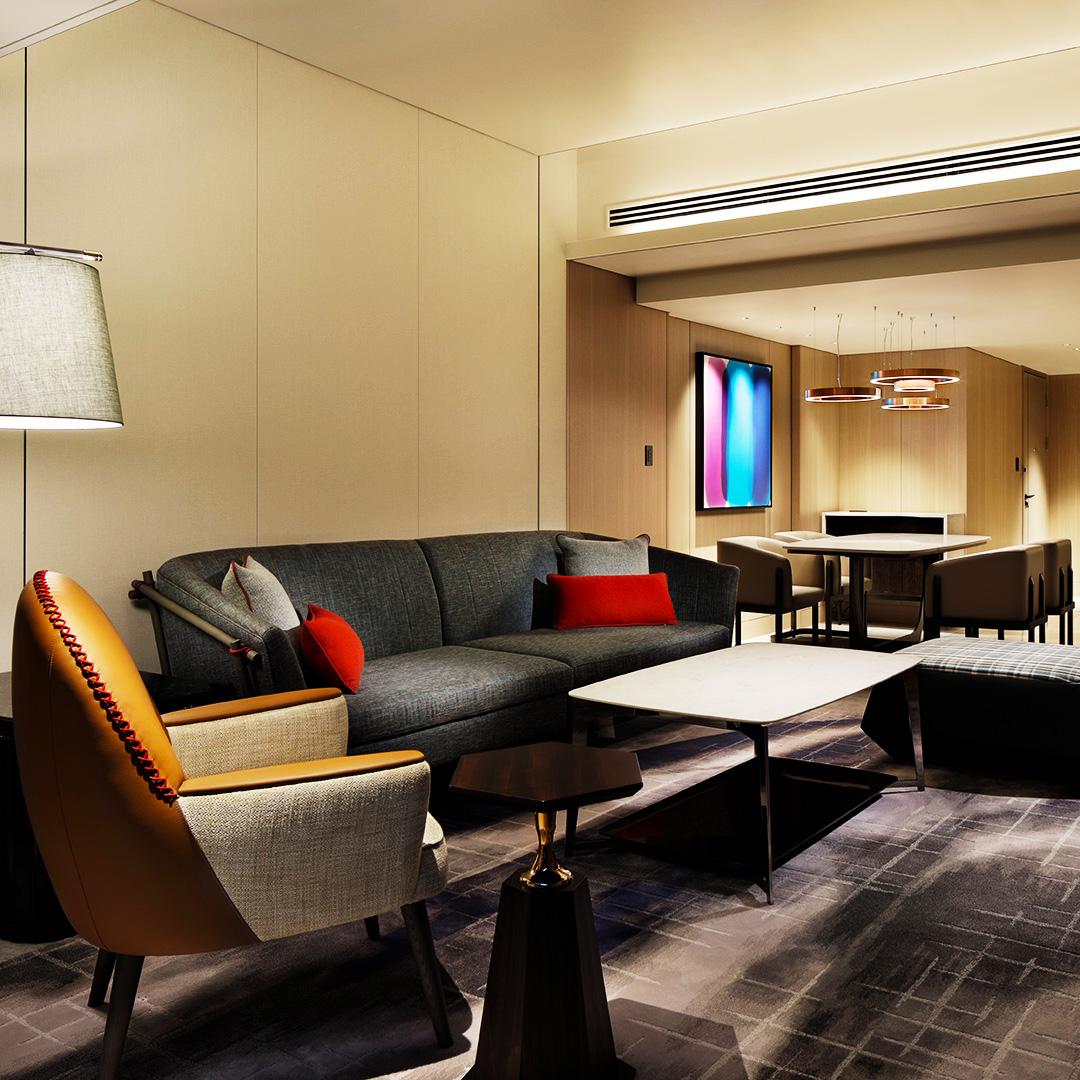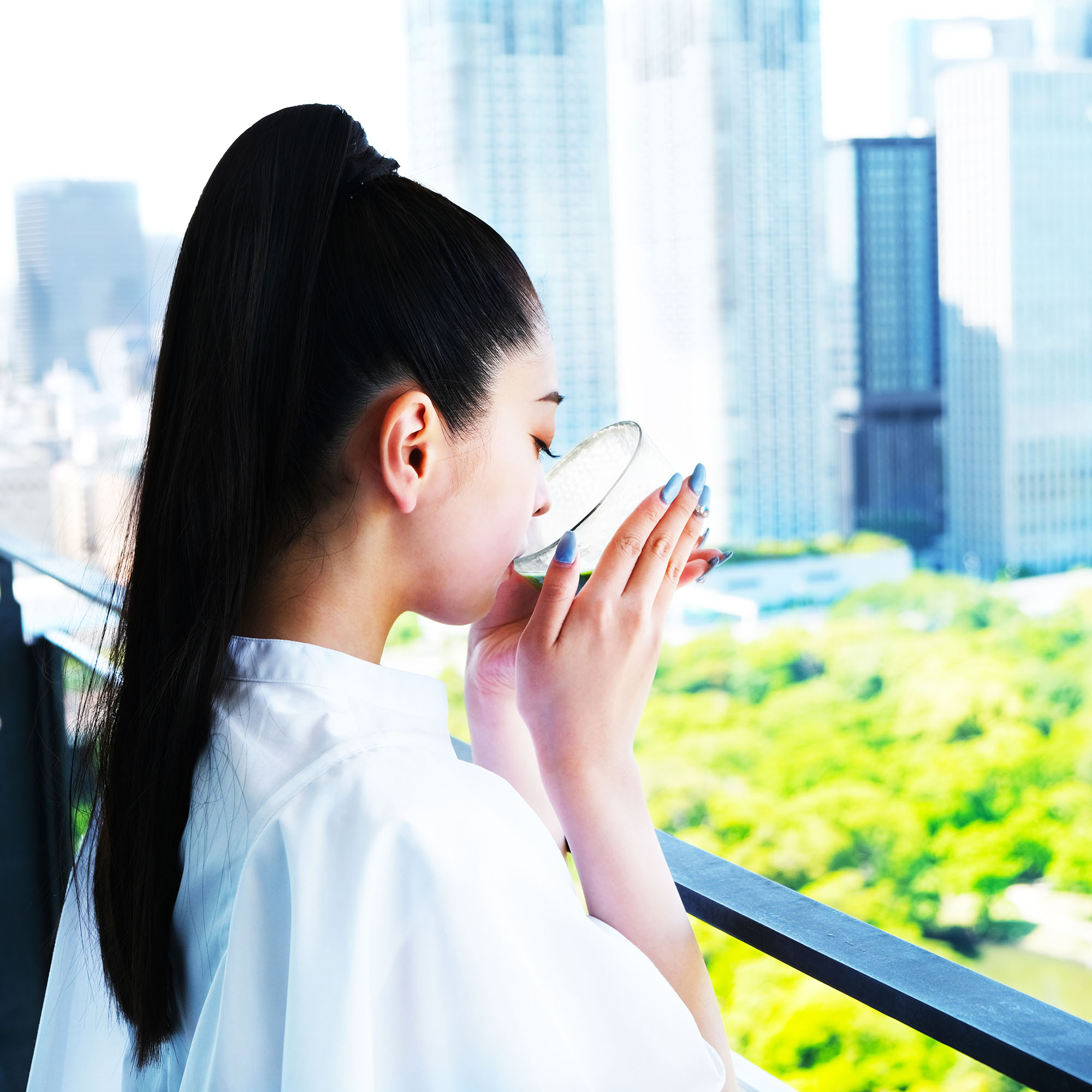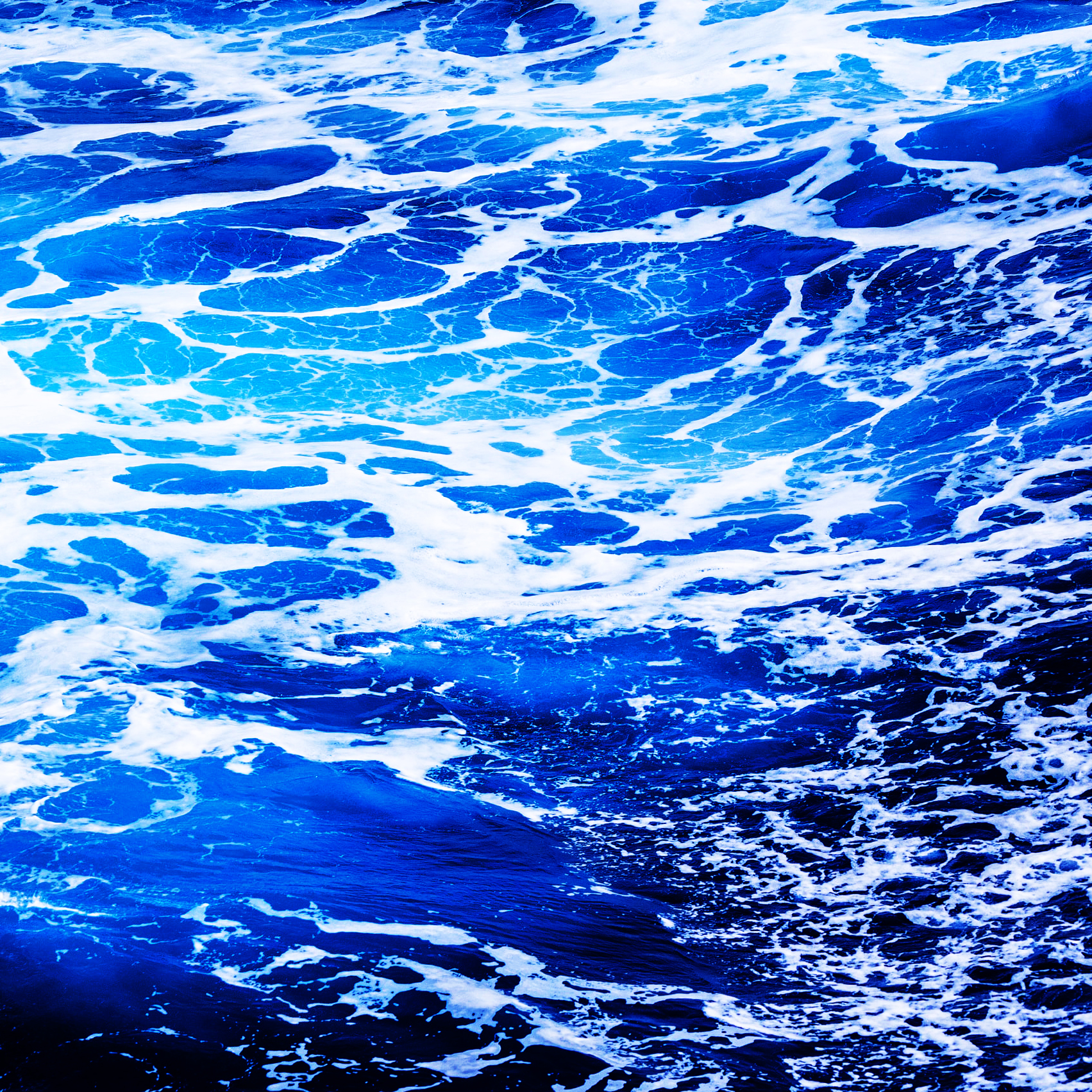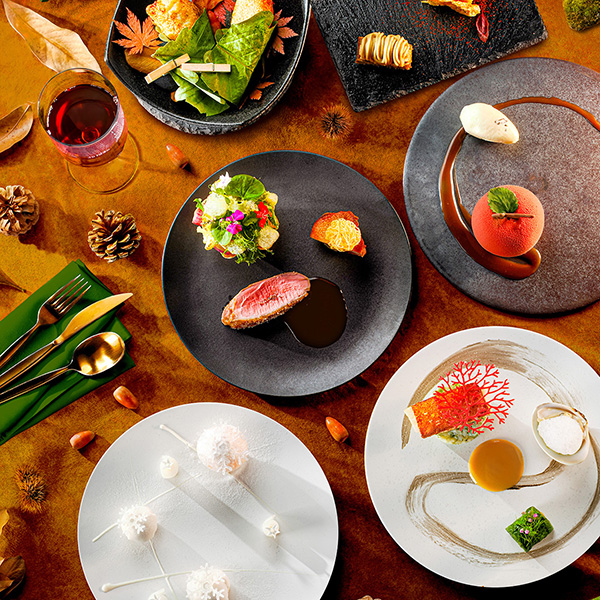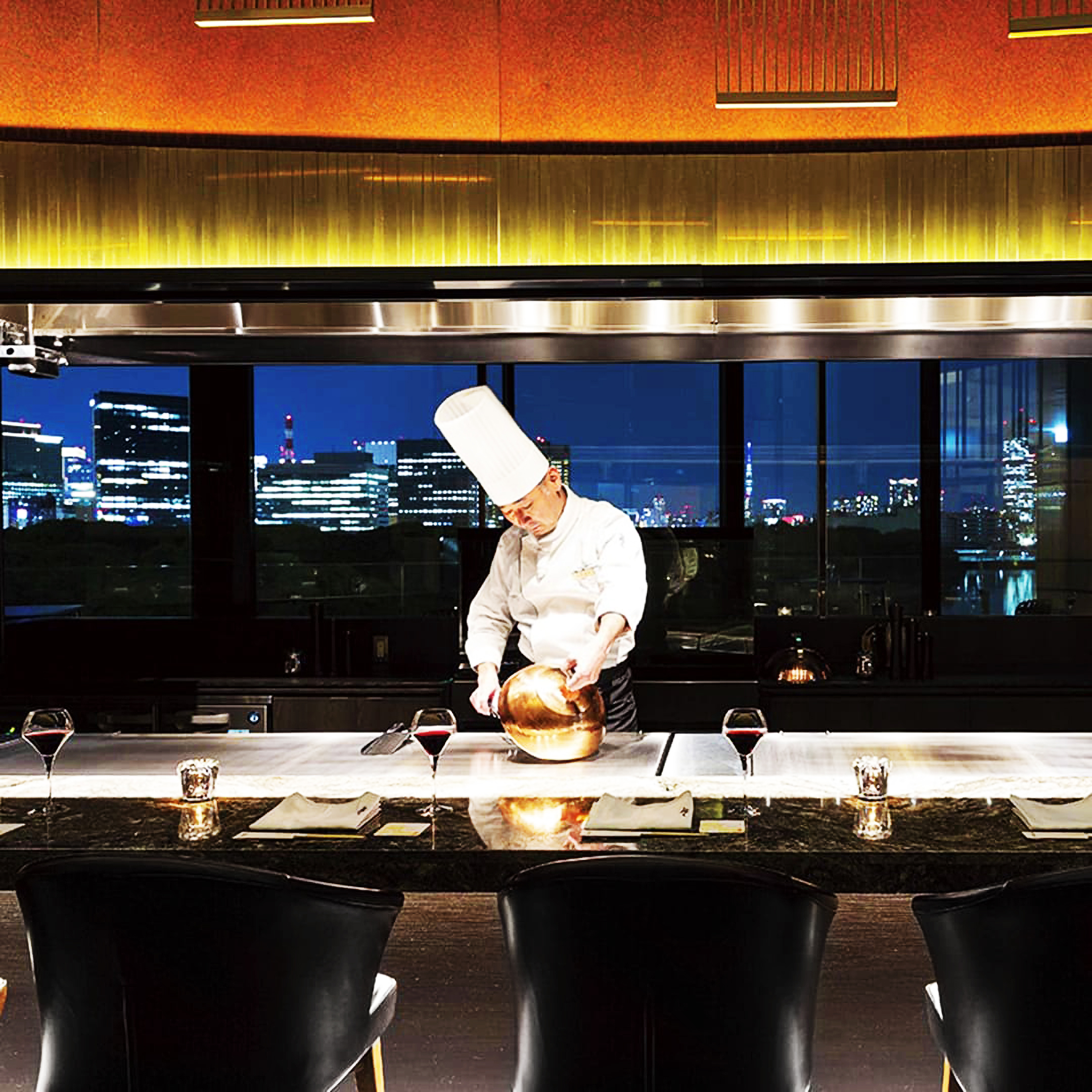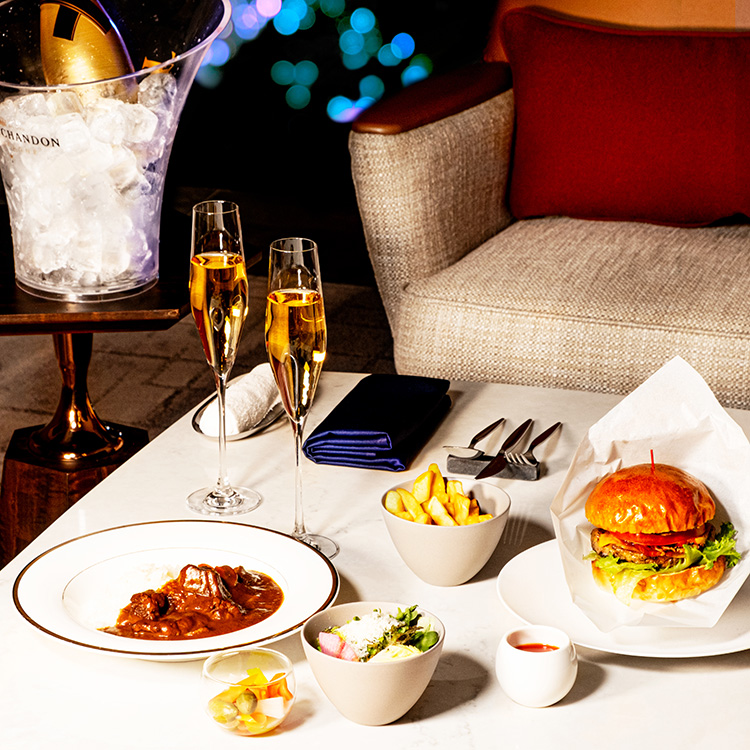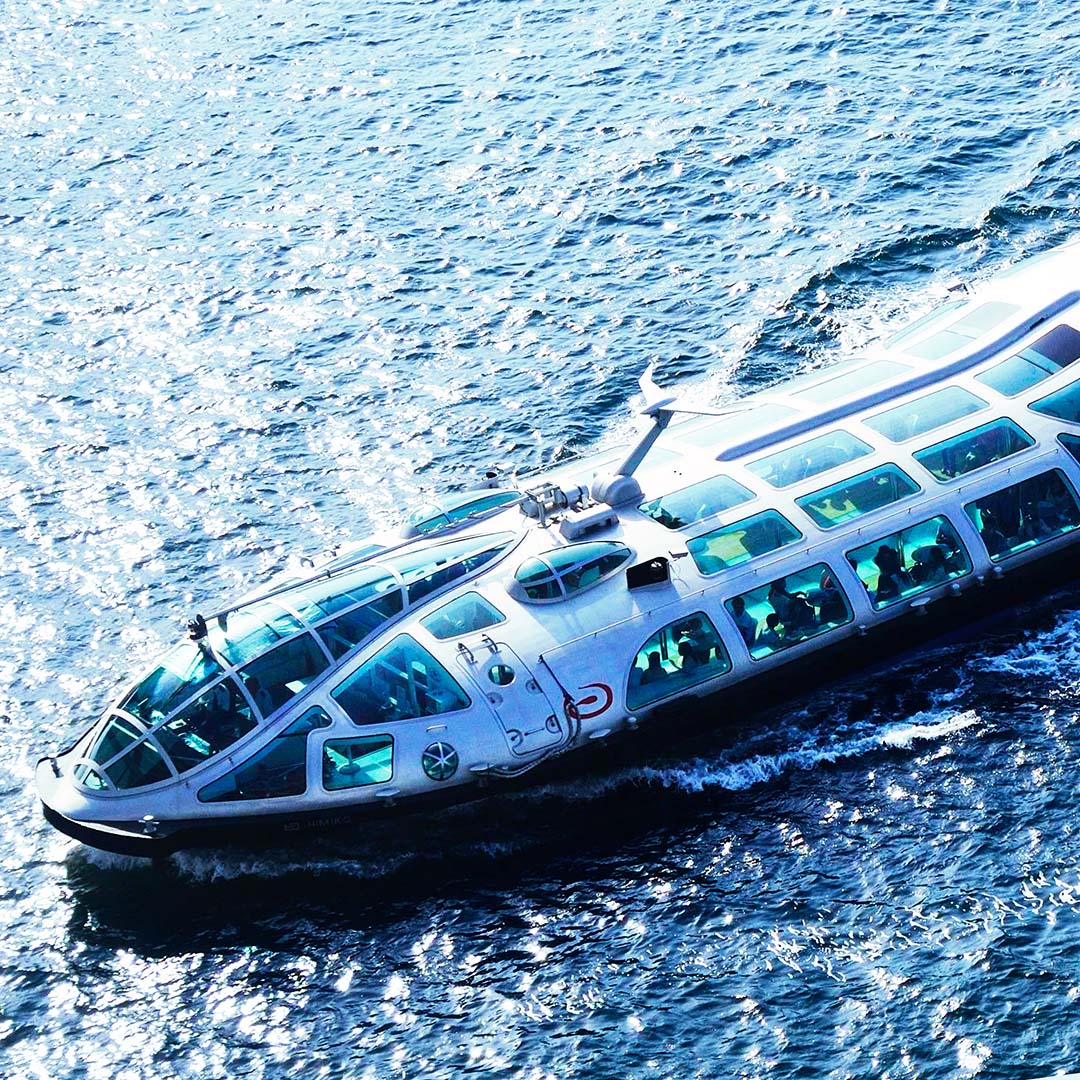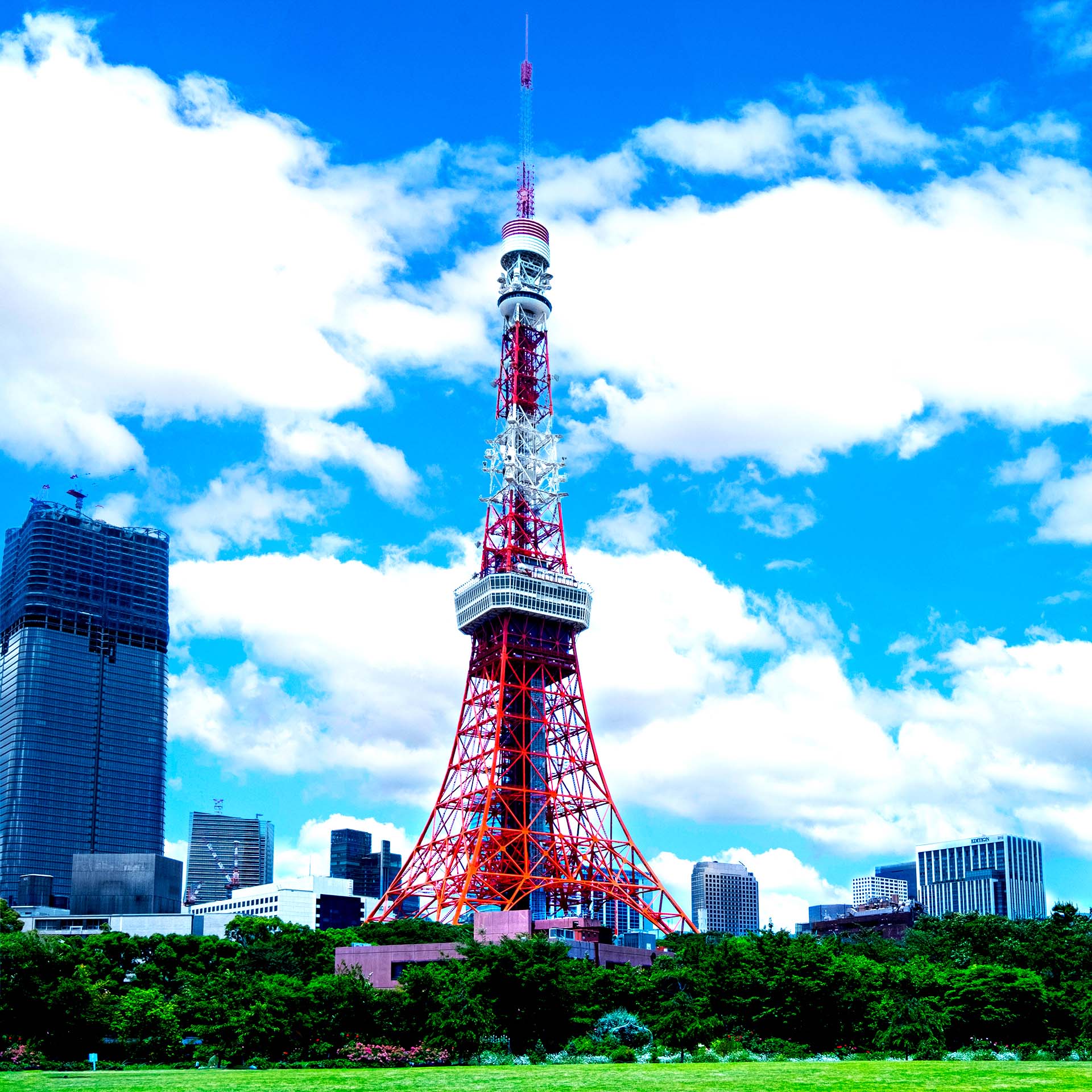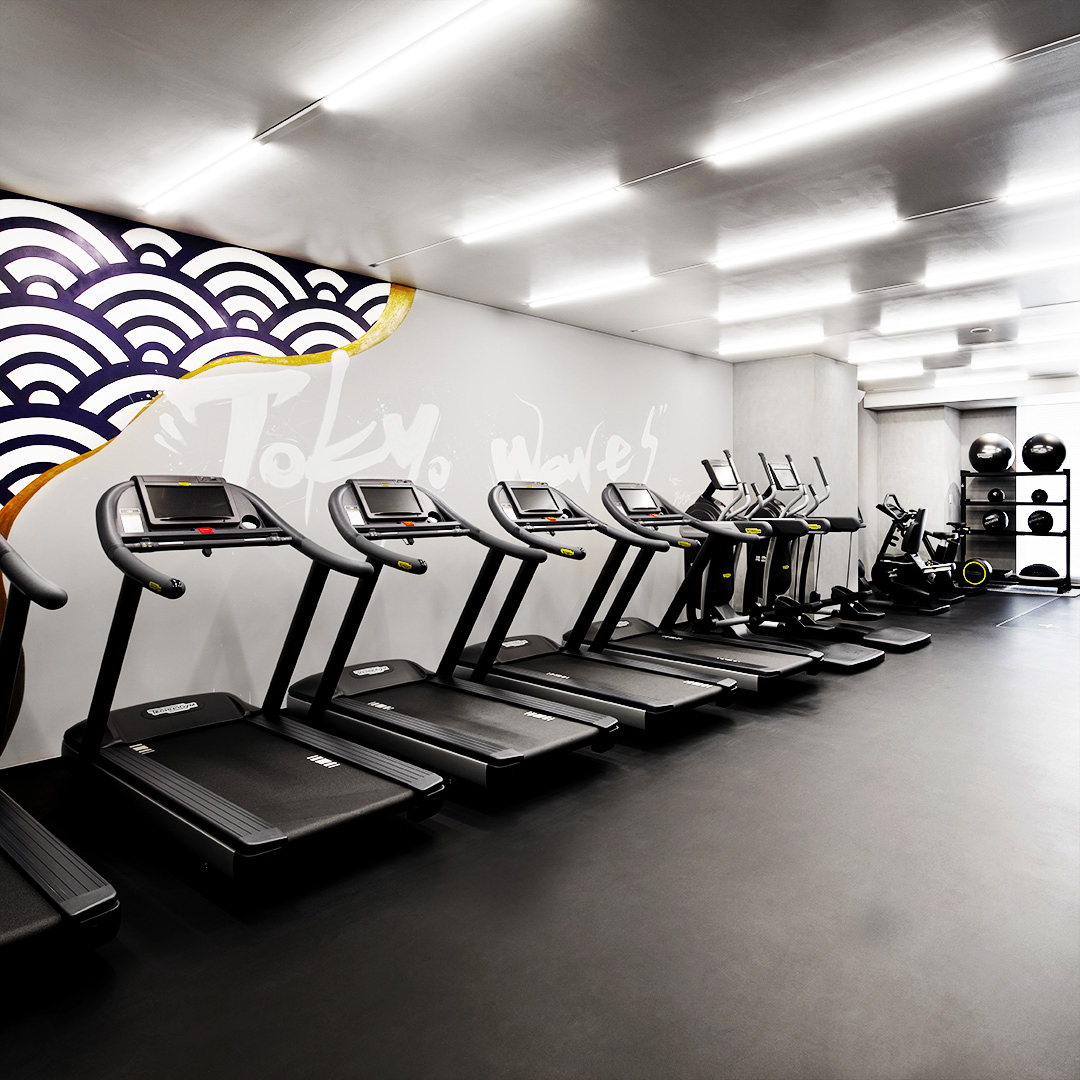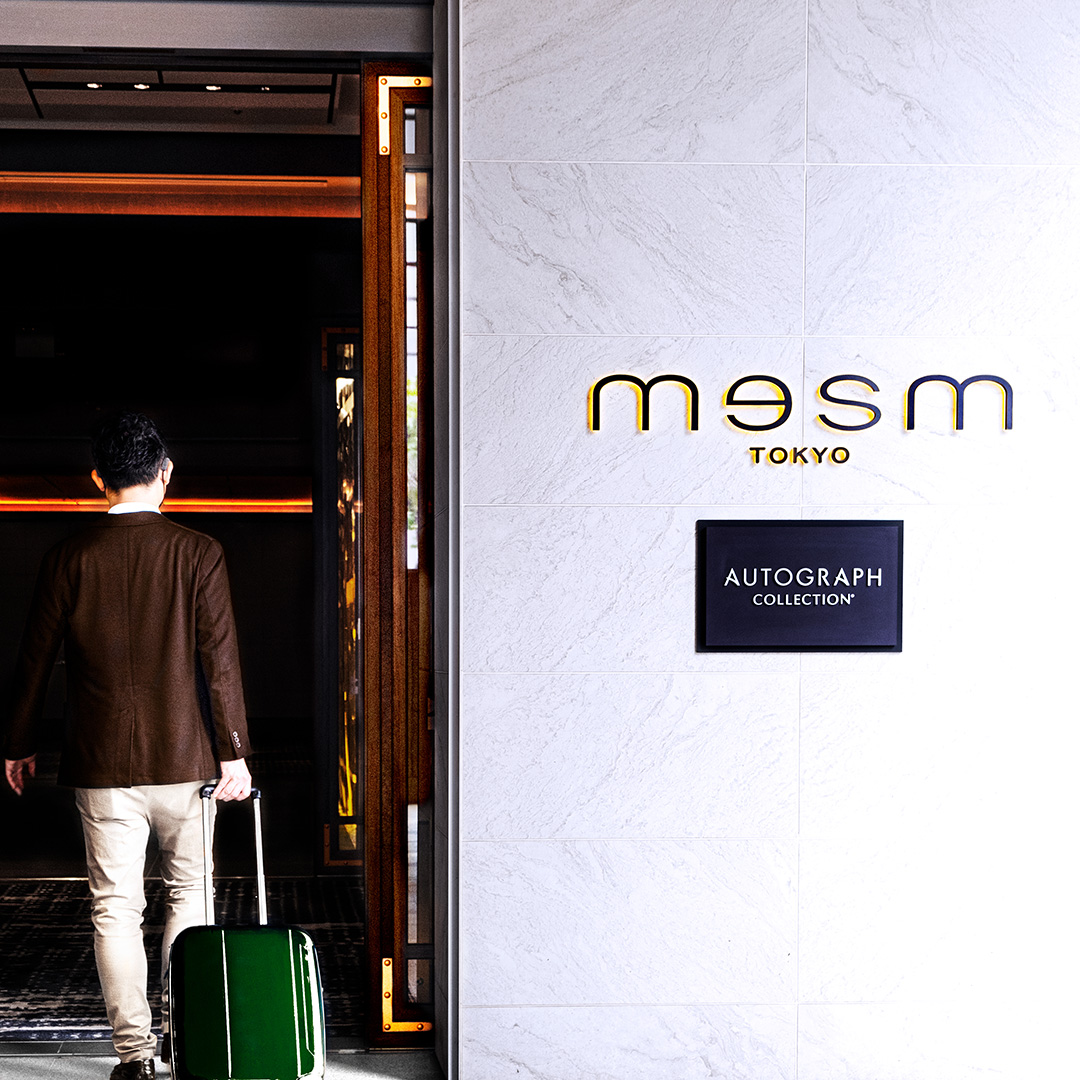
Sense of Touch
- HOME
- STORY
- TOKYO WAVES magazine
- 2025Vol.3 sense of touch
2025.07.25
- STORY
Sense of Touch
TOKYO MIZUBE LINE

A Journey You Can Feel with All Your Senses– TOUCH –

A Dynamic Urban Experience: Tokyo’s Past and Present

Another highlight of the Mizube Line is the thrill of passing under the many bridges built over the Sumida River.

Best time or season to ride
Future vision for the Tokyo Mizube Line

Conclusion
- Information -
TOKYO MIZUBE LINE
Sensory Journeys Along the Mizube Line: Where the Past Meets the Present
Flowing from the rivers out to the sea, the city of Edo was built along these waterways, where people lived in harmony with the rich blessings of the water. From those beginnings, Tokyo has grown into a major metropolis that now attracts attention from around the world and welcomes countless travelers.
The concept of mesm Tokyo, known as “TOKYO WAVES,” resonates deeply with this connection. Located in Takeshiba, one of the stops on the Mizube Line, mesm Tokyo’s close relationship with the waterfront inspired this feature coverage.
The concept of mesm Tokyo, known as “TOKYO WAVES,” resonates deeply with this connection. Located in Takeshiba, one of the stops on the Mizube Line, mesm Tokyo’s close relationship with the waterfront inspired this feature coverage.

The Tokyo Mizube Line, viewed from the Waters Takeshiba pier
Connecting People and Water: The Tokyo Mizube Line
The Tokyo Mizube Line is a public waterbus service operated by the Tokyo Metropolitan Park Association. It’s both a scenic cruise and a convenient way to get around, offering a real glimpse into life along Tokyo’s waterways, especially the Sumida River, which has long been at the heart of the city.
The line connects a series of piers from the upper Sumida River to Tokyo Bay: Asakusa Nitenmon, Sumida Ward Office, Ryogoku River Center, Etchujima, St. Luke’s Garden, Waters Takeshiba, Odaiba Seaside Park, and Kasai Rinkai Park. There are express routes, local stops, and loop cruises, offering a variety of waterside journeys.
The journey begins at Ryogoku River Center, gliding upstream toward Asakusa Nitenmon before cruising downriver toward the open expanse of Tokyo Bay.
The line connects a series of piers from the upper Sumida River to Tokyo Bay: Asakusa Nitenmon, Sumida Ward Office, Ryogoku River Center, Etchujima, St. Luke’s Garden, Waters Takeshiba, Odaiba Seaside Park, and Kasai Rinkai Park. There are express routes, local stops, and loop cruises, offering a variety of waterside journeys.
The journey begins at Ryogoku River Center, gliding upstream toward Asakusa Nitenmon before cruising downriver toward the open expanse of Tokyo Bay.
Once onboard, guests are immediately struck by the soothing rhythm of the water,
accompanied by the calming sound and gentle vibrations of the engines.
Inside the ship, there is a boarding area on the first floor and a semi-outdoor deck equipped with benches and vending machines. The second-floor rooftop deck is located at the top of the steps. The interior of the ship, which has been loved and cared for over the years, foreshadows the beginning of a special journey that will continue from an everyday scene.
The journey along the water’s edge begins as the boat departs, staff members on the dock wave both hands goodbye, and you return the gesture like leaves dancing in the wind.

Tokyo Mizube Line - 1F cabin seating
A Dynamic Urban Experience: Tokyo’s Past and Present
One of the first things that stands out when boarding the Mizube Line is the striking way Tokyo blends urban life with nature. As the boat glides along the river, views of soaring skyscrapers, quiet neighborhoods, and greenery unfold seamlessly along the water’s edge.
From the open-air rooftop deck, onboard announcements share the origins of each area and the stories behind the bridges the boat passes beneath. These glimpses into local history offer a deeper appreciation of the city, connecting the lives of those who came before with the Tokyo we see today.
For example, Umayabashi Bridge near Kuramae -- its name recalls back to the Edo period, when the Tokugawa shogunate stored rice nearby and kept horses for transport. Today, the area is surrounded by modern buildings and urban life, yet it's easy to forget that this place was once a hub of bustling granaries and stables.

View of Kuramaebashi Bridge and Tokyo Skytree
Another highlight of the Mizube Line is the thrill of passing under the many bridges built over the Sumida River.
When the boat approaches particularly low-clearance bridges, the crew will call out, “Please duck down just in case as the next bridge is low.” This prompts brings cheers of excitement from passengers as they crouch and look up at the looming bridge, an exhilarating and unusual experience.
Many of the bridges along the Sumida River have rich histories and have undergone various transformations over time. Some are even designated as Important Cultural Properties due to their historical and architectural significance.
Each bridge has its own character. For example, the Sumidagawa Bridge, which carries the JR Sobu Line overhead, and the Sumidagawa Road Bridge, with the Metropolitan Expressway running directly above, both showcase the vibrant pulse of the city, past and present.
But that’s not all. As the boat heads toward Tokyo Bay, passengers also encounter water gates and merging points with rivers like the Kanda River. Viewing them from the water offers a fresh perspective, bringing yourself to understand how Tokyo has thrived as a city in harmony with water, how its people, through creativity and wisdom, have harnessed nature's blessings to shape the thriving metropolis it is today.
Heading Towards the Sea
Heading Towards the Sea

From the rooftop deck heading toward Chuo Ohashi Bridge.
The landscape transforms again as the cruise approaches Tokyo Bay.
Crossing Eitai Bridge, which is famously portrayed in countless ukiyo-e woodblock prints, the skyline of Tsukudajima comes into view, unfolding into a stunning panorama where city and nature coexist in perfect balance. From this seaside stretch, waterbirds in flight can be spotted, catch the salty breeze, see fish jump from the water, and notice how the passing boats and even the color of the river begin to change.
Unlike the dense, urban atmosphere found upstream, the river and sky gradually open up as the boat approaches the bay.
As the sunlight and breeze caress your skin and you float on ever-shifting waters, the surrounding panorama opens up in layers. Gradually, your everyday self unwinds, and a sense of freedom takes over, making it feel like you could go anywhere.
Through this deeply immersive experience, you become aware of the vastness of the world, This is the true essence of a boat journey.
This time, the disembarkation was at WATERS Takeshiba, where mesm Tokyo is located. Here, the Sumida River meets Tokyo Bay, opening up to a stunning view of the Odaiba area stretching out right before the eyes. The thrilling sense of heading out into the open sea is still unforgettable.
Swaying gently with the motion of the boat, and simply enjoying the breeze on the skin and the changing scenery, the hour-long journey passed in the blink of an eye.

View of Hamarikyu Gardens and Tokyo Tower from the rooftop deck
Here, we interviewed people who are usually involved with the Mizube line.
What customers are encouraged to experience—the appeal of the Tokyo Mizube Line
– Beyond enjoying the city views along the waterfront, passengers can appreciate the many bridges over the Sumida River, often referred to as a “bridge expo.” A unique feature of the water bus is the opportunity to see underneath the bridges, which isn’t normally possible from land.
Best time or season to ride
– Between July and September, it is recommended to take the last boat from Odaiba to Ryogoku. On this trip, passengers can enjoy the sunset followed by the changing night sky, making for a memorable summer evening cruise.
Recommended routes or landmarks to see
– Boarding between Ryogoku or Asakusa Nitenmon and Odaiba offers views of Tokyo’s landmarks, such as Tokyo Skytree, Tokyo Tower, and the Rainbow Bridge, from the unique perspective of the water.
Future vision for the Tokyo Mizube Line
– In fact, the Tokyo Mizube Line also serves as a disaster response vessel, prepared to support disaster measures along Tokyo’s waterways if needed. During normal times, it continues to operate along the Sumida River and other routes, offering many people the opportunity to enjoy boat travel around Tokyo’s waterfront. At the same time, it aims to help create lively and vibrant waterside spaces in the surrounding areas.

The crew member in charge of today's river cruise
Conclusion
This boat journey offered a rich sensory experience—from the glimmering sunlight and changing scenery to the gentle breeze, hum of the engine, and ripples on the water. It revealed rich discoveries where the present and the past intersect, showing how Tokyo has grown and evolved from its origins along the waterfront.
There are many ways to enjoy the journey, whether by heading up to the rooftop deck to take in the views or relaxing in the indoor seating area, sipping a drink or having a light snack at the mini table while heading toward the destination.
“TOKYO WAVES” captures the essence of a journey that connects rivers to the sea, water to people, and the past to the present, making the journey along the Mizube Line truly worth experiencing.
Address: 1-2-13 Yokoami, Sumida-ku, Tokyo
Tel. +81 3-5608-8869
Hours: 9 a.m.–5 p.m. (Closed Mondays and The day after a holiday)
- Interviewer -
Yuri Tachikawa, Marketing Communications Excecutive



